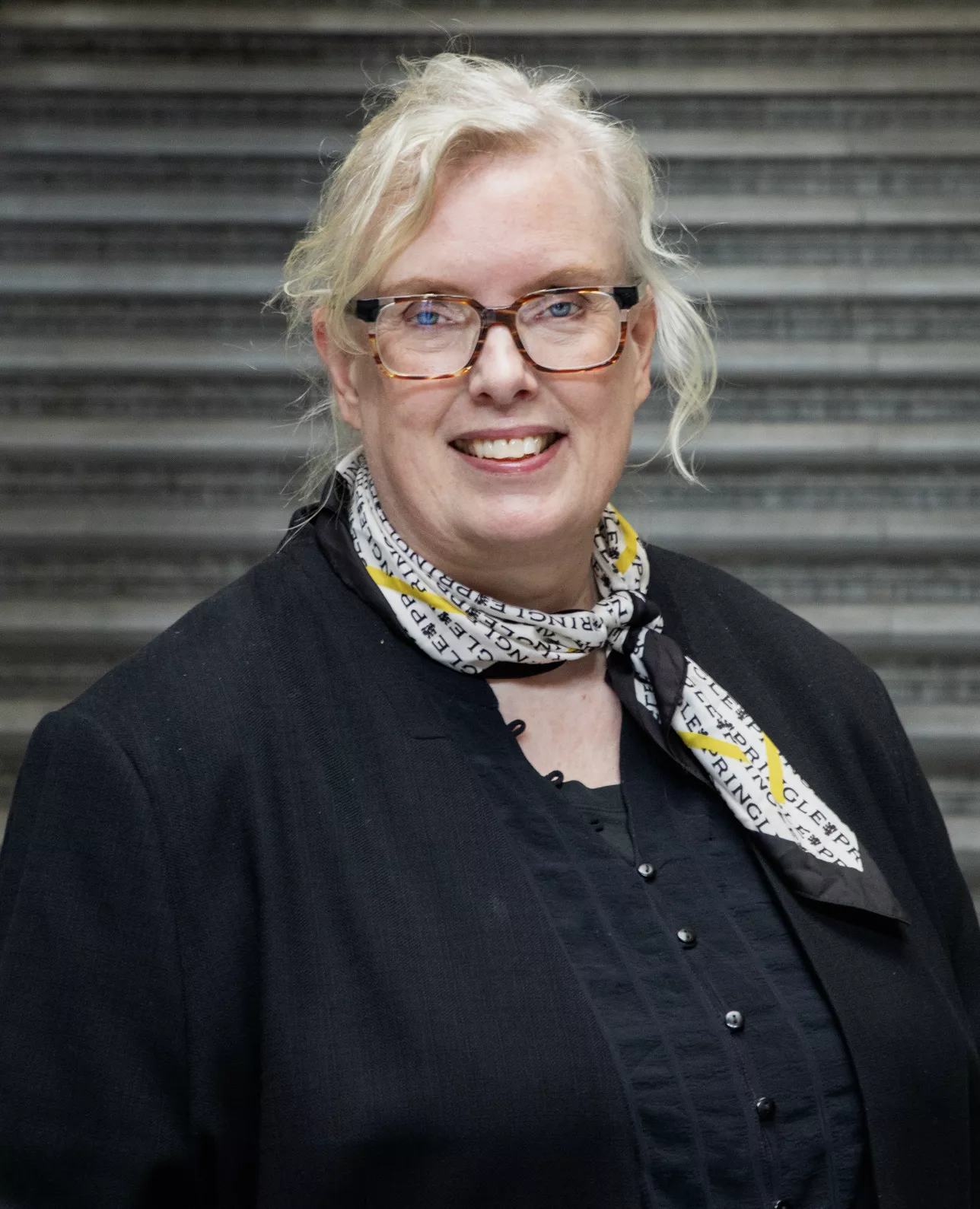Kristina Eneroth, Vice-Chancellor at Lund University and Senior Advisor at LUSEM, shares insights below, shedding light on the district's operations and wider impact and on how Lund University School of Economics and Management (LUSEM) can play a crucial role in the development of Lund ID.
“Perhaps the strongest asset that Lund University and LUSEM possess”
After a few minutes of chatting with Kristina Eneroth about the impact of Lund Innovation District, which one has heard about for a while but perhaps hasn't fully grasped, you understand the significance Kristina places on its potential for influence.
“Lund Innovation District is perhaps the strongest asset that Lund University and LUSEM possess when it comes to promoting our activities on a global scale”, she says.
Lund ID stands out as a very strong asset for global promotion for the University, bringing together all innovation stakeholders, with standout facilities like MAX IV and ESS driving groundbreaking research. In a direct relation to LUSEM MAX IV enables exploration of diverse fields from pharmaceuticals to cultural heritage, which can have an impact on many things, like teaching and research in areas such as commercial law, business models, data management, and policy analysis, Kristina explains.
In discussing Lund ID, Kristina sheds light on its rather longstanding presence, albeit not always acknowledged as an innovation district. By innovation district you refer to a geographical area that is “innovation rich”, she clarifies and says that it has an important role as a hub of innovation, encompassing not only research activities but also vital elements such as residential areas, schools, and amenities like grocery stores.
“When you look at 'Brunnshög' you get all of that!”
Lund’s innovation ecosystem: A seamless blend of research, infrastructure, and quality of life
Kristina continues to explain how all these components come together seamlessly, with the city of Lund ensuring a high quality of life. Geographically centered around the world-renowned infrastructure facilities the district offers unparalleled opportunities for research spanning various fields, from materials science to cultural heritage exploration facilitated by synchrotron light technology at MAX IV.
“All the new innovations will emphasise developing new business models, advancing the knowledge around intellectual property rights, and handling data analytics just to mention a few examples of why and how LUSEM can play a crucial role in the development of Lund ID. LUSEM had recently been put to the test by two accreditation peer-review teams (EQUIS and AMBA) and all the panel members have been in awe of the possibilities that Lund ID provides”!
She continues: “LUSEM has unique opportunities in doing more on Lund ID, why don’t we get master’s students to work on the marketing of the district for instance?”
With IDEON, the first Science Park in the Nordics established in 1983, and Medicon Village, focusing on life sciences, beginning a decade ago, the district boasts a rich history of fostering deep-tech innovation. Coupled with a vibrant startup ecosystem fueled by the University's groundbreaking research and the presence of multinational corporations, Lund exhibits all the hallmarks of a thriving innovation district.
Challenge: Maintaining the momentum of development
In discussing the future development of this district and identifying the key challenges or opportunities ahead, it is important to consider various perspectives according to Kristina Eneroth.
“It is important to remember that no individual actor 'owns or controls' an innovation district. The University is certainly a major actor in all of this, but we cannot be successful unless the other actors, IDEON, Medicon Village, all the companies, the City of Lund etc. play their role. The challenge then lies in maintaining the momentum of development and excitement about the development of Lund ID that is present. From Lund University, we are certainly doing our best!”
Over the past few months, numerous meetings and discussions on various topics concerning the Lund Innovation District have taken place, Kristina says and also refers to the recently conducted Afternoon Talk* about new conditions for developing Lund Innovation District, hosted at LUSEM.
When asked about the importance of collaboration between different stakeholders in navigating the innovation policies Kristina underscores the unreal aspect of that.
“To me, personally that is more of a dream that will never come true. In a dream-world everything would be in synch, but who could possibly decide on that? As long as there is enough common ground for national policies for example to not go in opposite directions we will be fine, and I rather see autonomous universities than a completely governmentally set-up innovation landscape.”
Lund ID’s role in shaping innovation policy
Kristina sees a fundamental role for Lund ID in shaping or influencing innovation policies at the regional, national and international levels:
“Regions will most likely unite based on innovation districts in the future. The EU is running a project known as 'Regional Innovation Valleys' in which different innovation districts come together to form a 'valley'. Both Helsingborg and Malmö have innovation districts (Malmö uses the concept of start-up district) and together with the 'Region Skåne', which makes up for another important actor an application for forming a Regional Innovation Valley is up for decision later on this spring. The step to include the Danish side and hence Greater Copenhagen is of course imminent, and soon the Fehmarn Belt fixed link will be in place, bringing the city of Hamburg and all its innovation activities into the mix as well.”
Before wrapping up, does Kristina have any specific examples or case studies that illustrate the impact of innovation politics on Lund ID to share?
“Politics or not, over the years, some great innovations have come out of Lund: Bluetooth, Oatly, and Axis communications’ security cameras to name a few. That speaks for itself, but the governmentally financed support-systems promoting start-up companies around the University have been and still are very important. If anything, I worry that the Government does not share that point of view.”
*The aforementioned open afternoon talk at LUSEM is the Afternoon Talk about new conditions for developing Lund Innovation District that was given on 16 April at LUSEM.
Afternoon Talk about new conditions for developing Lund Innovation District – lusem.lu.se

